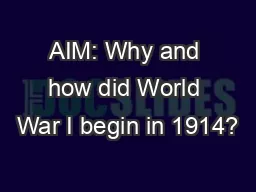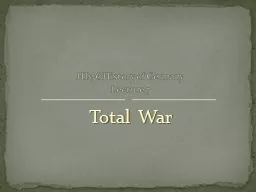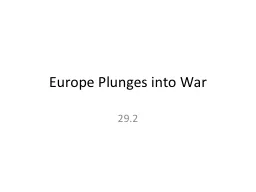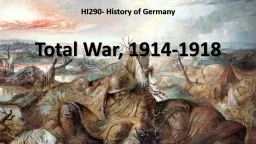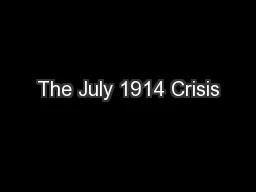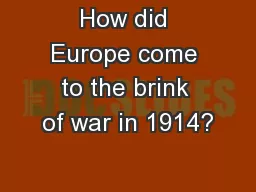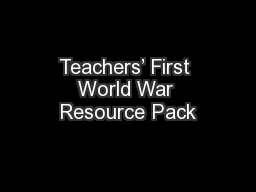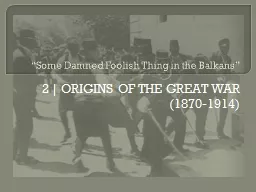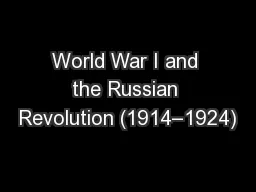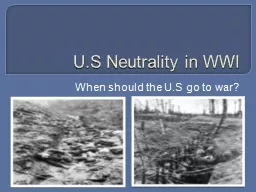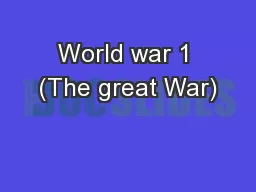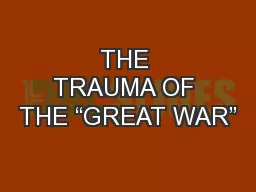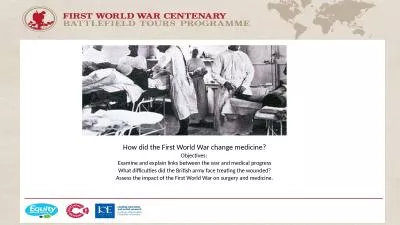PPT-AIM: Why and how did World War I begin in 1914?
Author : test | Published Date : 2016-09-15
Do Now What do you know about the start of WWI The Great War The Great War was without precedent never had so many nations taken up arms at a single time Never
Presentation Embed Code
Download Presentation
Download Presentation The PPT/PDF document "AIM: Why and how did World War I begin i..." is the property of its rightful owner. Permission is granted to download and print the materials on this website for personal, non-commercial use only, and to display it on your personal computer provided you do not modify the materials and that you retain all copyright notices contained in the materials. By downloading content from our website, you accept the terms of this agreement.
AIM: Why and how did World War I begin in 1914?: Transcript
Download Rules Of Document
"AIM: Why and how did World War I begin in 1914?"The content belongs to its owner. You may download and print it for personal use, without modification, and keep all copyright notices. By downloading, you agree to these terms.
Related Documents

